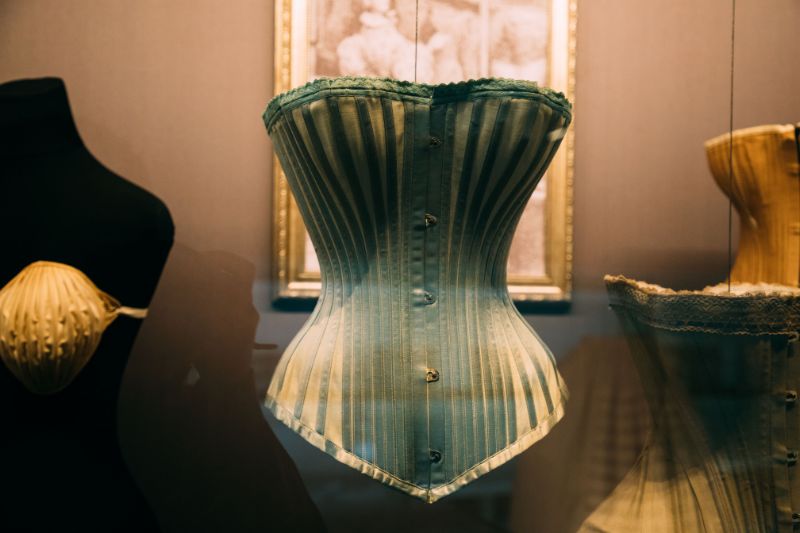Introduction:
In the realm of fashion and body image, one cannot ignore the fascinating history of shapewear, particularly the iconic corset. Over centuries, these undergarments have molded silhouettes, defined beauty standards, and sparked debates about women’s rights and health. Join us on a journey through time as we explore the intricate tapestry of shapewear’s evolution, from its early roots to the contemporary styles that continue to shape our perceptions of beauty.
- Ancient Foundations:
The history of shapewear can be traced back to ancient civilizations. The Minoans of ancient Crete, for example, wore a type of corset known as the “stays” to accentuate the bust. Similarly, the ancient Greeks utilized a belt-like garment called a zone to enhance their natural curves. These early instances laid the groundwork for the concept of shaping the body through clothing.
- The Renaissance Revival:
Fast forward to the Renaissance era, and we witness a resurgence of interest in the female form. Corsets, made from materials like whalebone and leather, became popular among European women. These garments not only accentuated the waist but also played a pivotal role in creating the desired hourglass figure, which was considered the epitome of beauty during this period.
- Victorian Virtues:
The 19th century marked the heyday of the corset during the Victorian era. Tight-lacing became a cultural norm, and corsets were worn by women of all social classes. The exaggerated hourglass silhouette became a symbol of femininity, and women endured considerable discomfort to adhere to these beauty standards. However, this era also saw the rise of discussions surrounding women’s health and the potential dangers of tight-lacing.
- A New Century, a New Silhouette:
As the 20th century dawned, fashion began to shift towards more relaxed styles. The straight, boyish figure of the flapper became en vogue in the 1920s, and corsets were temporarily set aside. However, by the 1930s, with the return of a more feminine silhouette, shapewear made a comeback. The introduction of elastic materials revolutionized the industry, offering both comfort and support.
- The Mid-Century Makeover:
Post-World War II, fashion underwent radical transformations. The hourglass silhouette was back in style, and shapewear adapted to the changing times. The iconic bullet bra and girdle combination gained popularity, emphasizing a woman’s curves while maintaining a more natural waistline. Hollywood starlets like Marilyn Monroe became synonymous with this voluptuous look.
- From Liberation to Control:
The feminist movements of the 1960s and 1970s challenged traditional notions of femininity, and many women rejected restrictive undergarments. The bra-burning protests symbolized a desire for freedom from societal expectations. However, by the 1980s, the fitness craze led to the rise of athletic wear and a renewed interest in body-shaping garments, such as control-top pantyhose and shaping camisoles.
- Contemporary Contours:
In the 21st century, shapewear has taken on various forms to cater to diverse fashion preferences. From tight sports wear to waist trainers, modern shapewear aims to enhance, smooth, and contour without the rigidity of historical corsets. Body positivity movements have also challenged narrow beauty standards, prompting a shift towards embracing natural body shapes.
Conclusion:
The history of shapewear reflects the ever-changing ideals of beauty and the complex relationship between fashion and societal expectations. From the corsets of ancient civilizations to the diverse shapewear options of today, these undergarments have played a significant role in shaping not only bodies but also cultural narratives surrounding femininity and self-expression. As we continue to navigate the nuances of fashion and identity, the story of shapewear serves as a reminder of the evolving perceptions of beauty through the ages.


